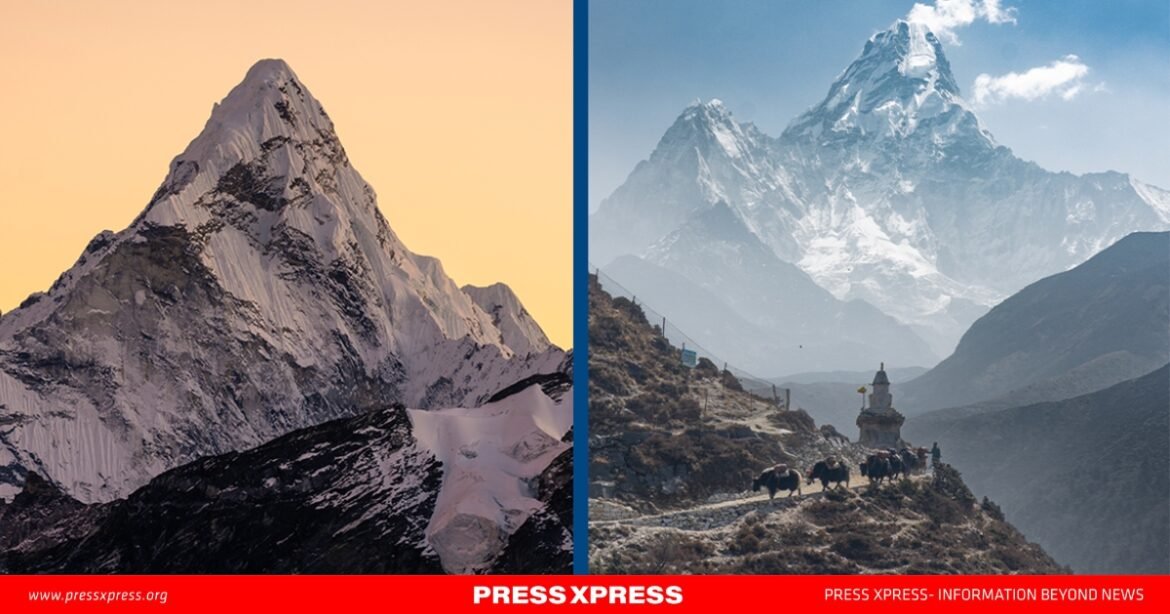Unveiling the Giants: Two Subterranean Mountains Towering Beneath the Earth’s Surface
Scientists have uncovered two colossal structures hidden beneath the Earth’s surface, towering nearly 100 times higher than Mount Everest. These massive formations, located at the boundary between the Earth’s core and mantle, are believed to lie beneath Africa and the Pacific Ocean. Published in the journal Nature, the groundbreaking study offers a glimpse into the mysterious depths of our planet.
While Mount Everest reaches a height of 8.8 kilometers, these subterranean mountains stretch approximately 1,000 kilometers tall. Estimated to be 500 million years old, these structures were likely formed by the collision of tectonic plates, where one plate subducted beneath another. Researcher Arwen Deuss remarked, “We don’t fully understand their nature yet.”
Seismic shockwaves from earthquakes first hinted at the presence of these massive formations decades ago. These mountain-like structures are significantly hotter than their surrounding tectonic plates, pointing to a still-cooling, partially molten interior within the Earth. This cooling process may continue to create more solid structures deep underground.
The discovery opens a new window into the dynamics of tectonic activity and the Earth’s inner geology. It also highlights the immense forces at play beneath our feet, shaping the planet in ways that are just beginning to be understood. These mountains, hidden beneath layers of rock and molten heat, could hold the key to unraveling the mysteries of Earth’s formation and evolution.
This revelation is not just a scientific marvel—it’s a testament to how much remains undiscovered about our planet’s hidden depths.


